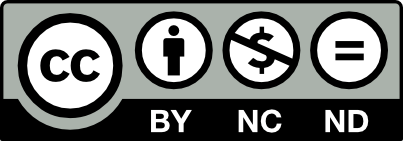This page is licensed under Creative Commons under Attribution 4.0 International. Anyone can share content from this page, with attribution and link to College MatchPoint requested.
The College Value Checklist: Protect Your Student’s Future (and Your Wallet)
For most families, paying for college is one of the biggest financial decisions they will ever make. With the cost at some private universities now climbing above $80,000 per year, it is natural to wonder: How do we know this school is worth it?
The answer is not just about rankings or a beautiful campus. It is about ensuring your student will be supported, challenged, and set up for life after graduation—without overwhelming debt. That is the purpose of the College Value Checklist.

1. What is the true cost after aid?
The sticker price is rarely what families actually pay. On average, private colleges reduce tuition by more than half through scholarships and merit aid. The key is understanding what the real net price will be for your student.
Questions to ask:
- What is the average merit scholarship awarded to students with a similar profile?
- How much need-based aid do families in our income range typically receive?
- Are scholarships renewable, and what requirements must my student meet to keep them?
2. How do graduates fare after college?
A good college experience prepares students for more than their first job. It should build momentum for meaningful work, graduate study, or other opportunities after graduation. Looking at outcomes provides peace of mind that the investment is creating options, not limits.
Questions to ask:
- What percentage of graduates are employed or in graduate school within six months?
- How active is the alumni network in supporting internships and job placements?
- What kinds of roles do graduates from my student’s intended major usually step into?
3. Will my student have access to professors and mentors?
Students thrive when they are known. Research shows that close connections with faculty are one of the strongest predictors of student satisfaction. At some schools, honors programs or small seminar tracks create guaranteed opportunities for deeper relationships.
Questions to ask:
- How soon can undergraduates participate in research or creative projects?
- Are honors courses or first-year seminars available to ensure smaller classes?
- What systems are in place for faculty advising or mentoring?
4. What scholarships or honors programs make this school more affordable?
Merit aid and honors programs are two of the most important tools for balancing cost and opportunity. Merit aid can dramatically reduce the price for high-achieving students, while honors programs often provide small classes, faculty attention, and unique learning opportunities at a lower cost than many ultra-competitive schools.
Questions to ask:
- Does this college offer merit scholarships that could lower our net cost?
- What additional benefits come with honors programs—priority registration, housing, research funding?
- How do honors students fare compared to the overall student body in outcomes and satisfaction?
5. How will this choice shape future flexibility?
The goal is not just getting into college but stepping out of it with options. Families should consider whether their student will graduate with the freedom to pursue graduate school, relocate for a job, or explore opportunities without being burdened by debt.
Questions to ask:
- Will our family have flexibility to help with graduate school or relocation after graduation?
- How much debt would our student likely carry if they chose this school?
- Does this decision expand our student’s opportunities or narrow them?
College is both a profound experience and a major investment. Families who pause to walk through this checklist give themselves clarity and peace of mind. The right college will challenge and support your student while also protecting your family’s financial future.
When you focus on value—not just prestige—you create the conditions for your student to thrive today and step into tomorrow with confidence.


